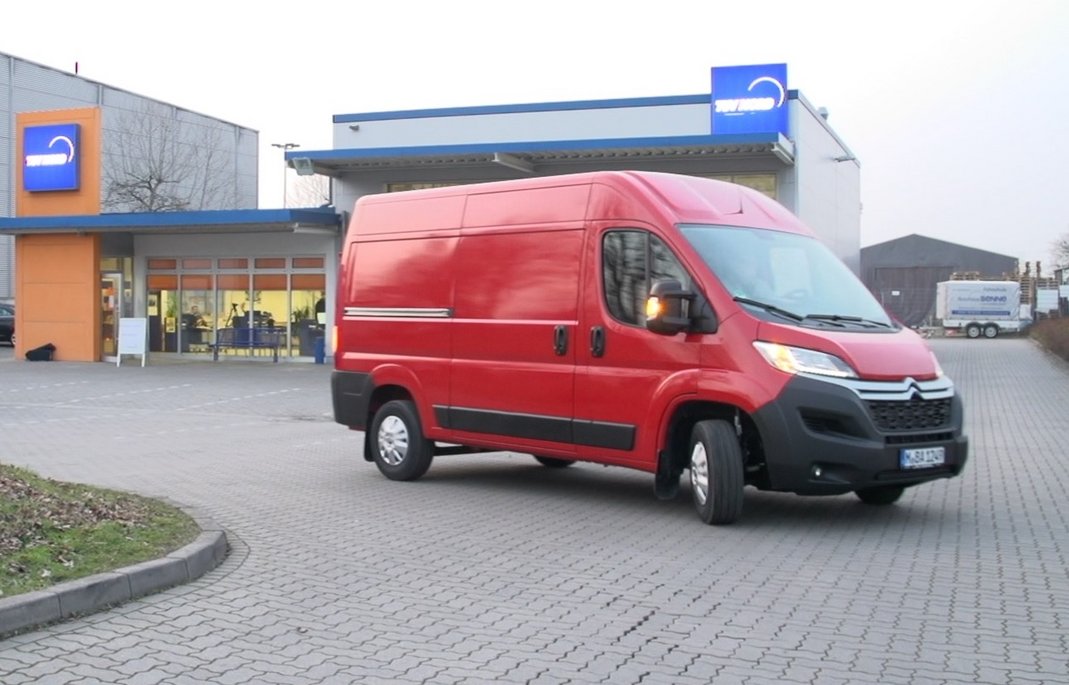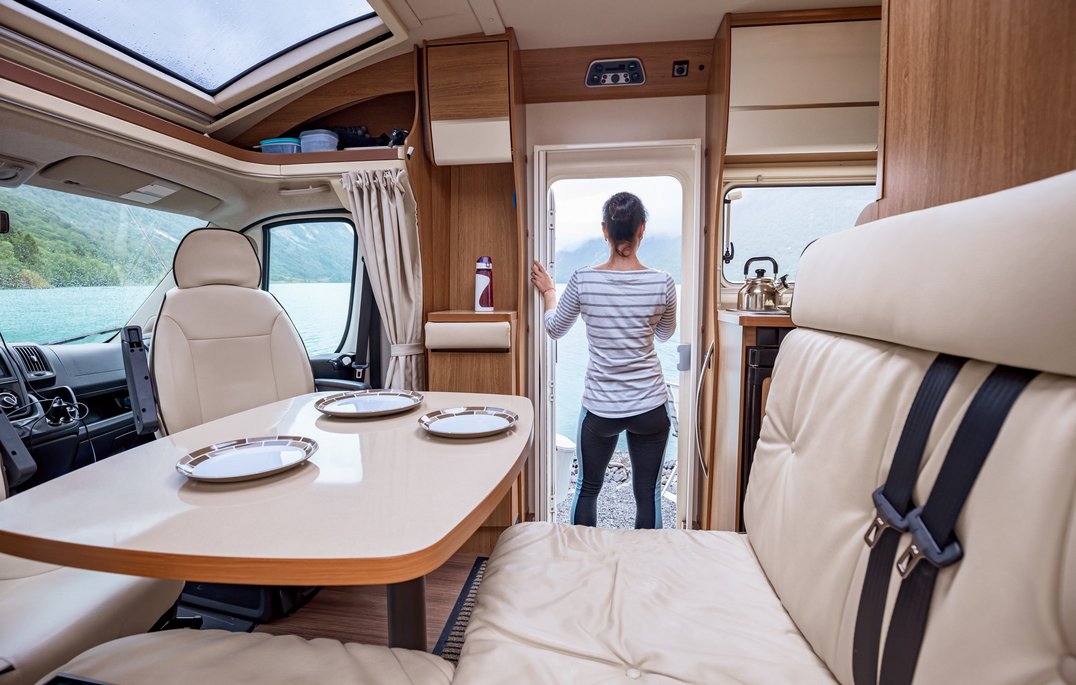Artificial Intelligence
Which is the right motorhome for me?
How different types of motorhomes vary and who they are suitable for. A pros and cons list. More on #explore.

Artificial Intelligence
How different types of motorhomes vary and who they are suitable for. A pros and cons list. More on #explore.

31. March 2022
Demand for motorhomes has soared in recent times. And more and more people are toying with the idea of their own mobile home from home. If you want to buy or rent a motorhome, there are a lot of options available to you. And yet, which one will meet your requirements? We present some different types and offer some handy hints on how to choose.
Questions you should always ask before buying:
Mini-campers are based on small panel vans or minibuses and are enjoying growing popularity, especially among young camping novices. Atless than five metres in length, they are completely suitable for everyday use, and the range of clever solutions they offer, such as sleeping, seating and cooking modules, make them ideal for short trips, festivals and summer holidays. Add a tent at the rear or an awning, and you can enjoy significantly more space on the campsite.
Further advantages:
Campervans: VW buses and the like
These compact and popular campervans offer simple and functional equipment. The best-known representative of this type is the famous VW bus. These come equipped with swivelling front seats, a kitchenette and, in some cases,four sleeping berths (in the pop-up roof and on a converted rear seat). They don’t, however, boast a toilet. Campervan users have to make do with a small chemical toilet instead.
Advantages:
Disadvantage:

At one time, these vans with their steel sheet rear boxes were the sole preserve of intrepid DIY-ers. Nowadays, roughly every second newly registered motorhome is a box van.
What are the distinguishing marks of a box van?
Box vans are between 5.40 and 6.40 metres long. Box vans with a short wheelbase are especially manoeuvrable and more suitable for everyday use. They can carry sufficient weight, and since the permissible total weightis up to 3.5 tons, as with mini-campers or campers, even young drivers with a class B driving licence can also drive a box van. If you want to travel in a group of four, you can order a pop-up roof as well. But beware: at least in Germany, converting a box van into a motorhome can invalidate its general operating licence. If you don’t want a nasty surprise at the end of the registration process, you would be best advised to consult a recognised expert, for example from the TÜV, during the conversion phase.

They had their heyday in the 1980s and 1990s and were chosen to be the motorhome symbol on all traffic signs. Today, only one in ten new motorhomes is an alcove model: a camper with sleeping berths directly over the cab. In many cases it is families who opt for this spacious classic, which, depending on the model, has space for up to six people and bunk beds in the rear.
Advantages:
Disadvantages:
With the semi-integrated motorhome, the cab of the base vehicle is preserved, and the accommodation structure is added on almost seamlessly at the rear.The length usually varies between six and 7.5 metres. While short vehicles are manoeuvrable, longer ones require increased awareness in road traffic – especially if a bike trailer is attached at the rear.
The price is highly dependent on the base vehicle, the manufacturer and the equipment. The large target group primarily includes couples. A lifting bed, which is raised and lowered above the seating area, can be employed to accommodate more passengers.
Here’s a tip: As a rule, manufacturers try to build their semi-integrated motorhomes in such a way that they stay below the 3.5-ton threshold, including sufficient payload. You should watch out for this before you make your choice!
In a fully integrated motorhome, the base vehicle is completely integrated into the accommodation structure – meaning that it is no longer recognisable as a separate structure. The tell-tale signs are the large windscreens and the lack of doors in the cab. Due to the upscale equipment, the large amount of space and the high-quality workmanship, this is referred to as the “elite class”. This is also reflected in the price, which is higher than that for most other types of motorhome.
In general, fully integrated motorhomes exceed the 3.5-ton limit, which brings with it some disadvantages:

This is an article from #explore. #explore is a digital journey of discovery into a world that is rapidly changing. Increasing connectivity, innovative technologies, and all-encompassing digitalization are creating new things and turning the familiar upside down. However, this also brings dangers and risks: #explore shows a safe path through the connected world.